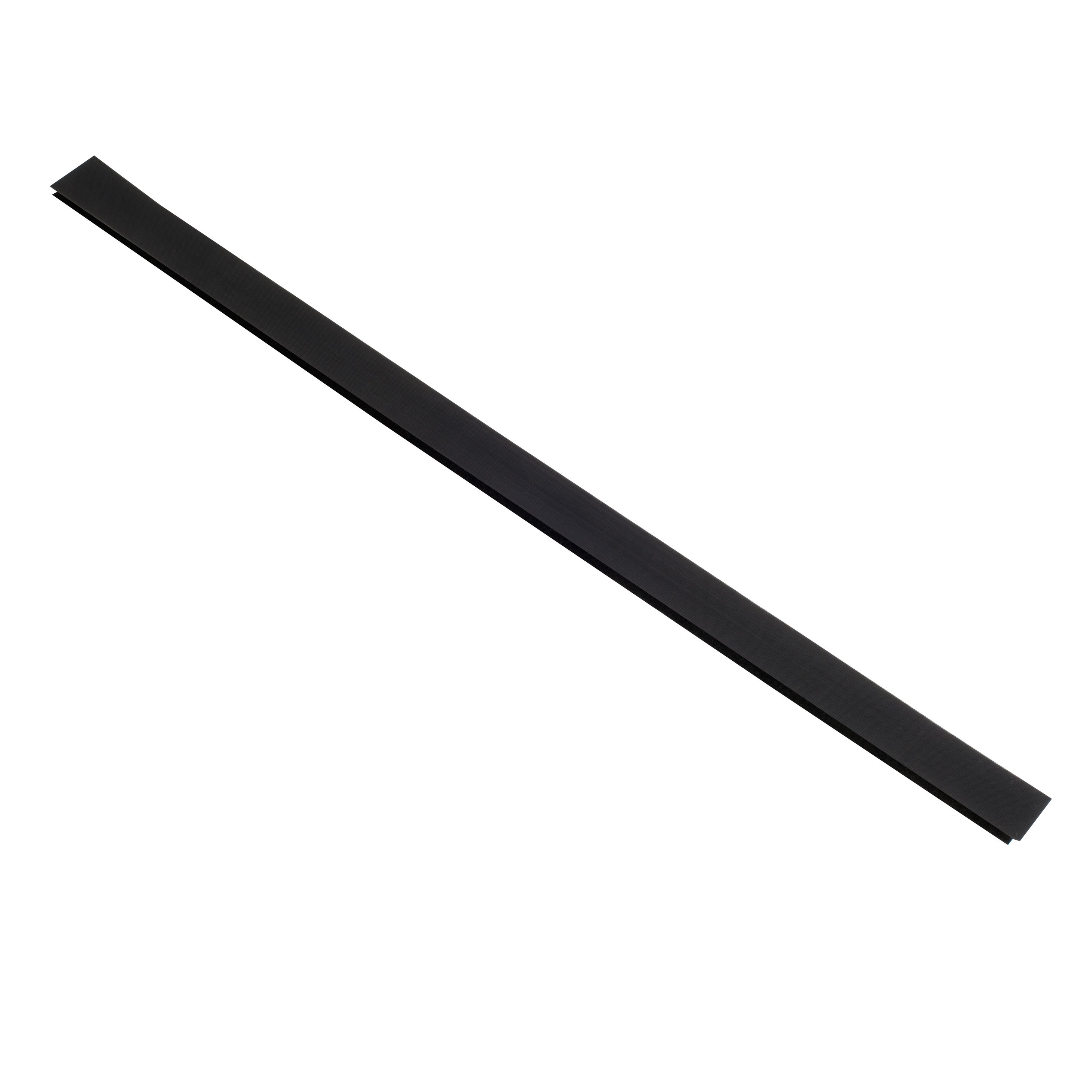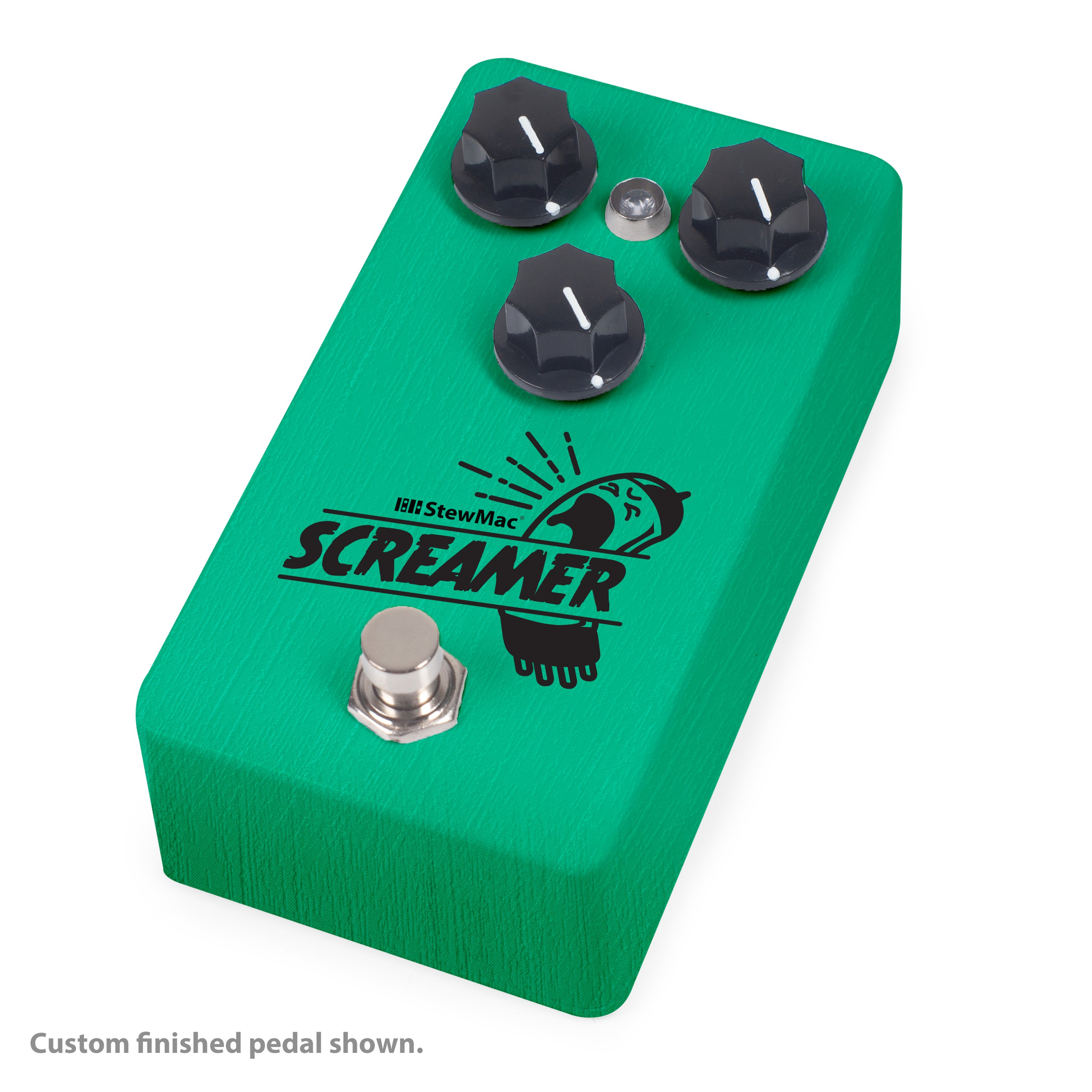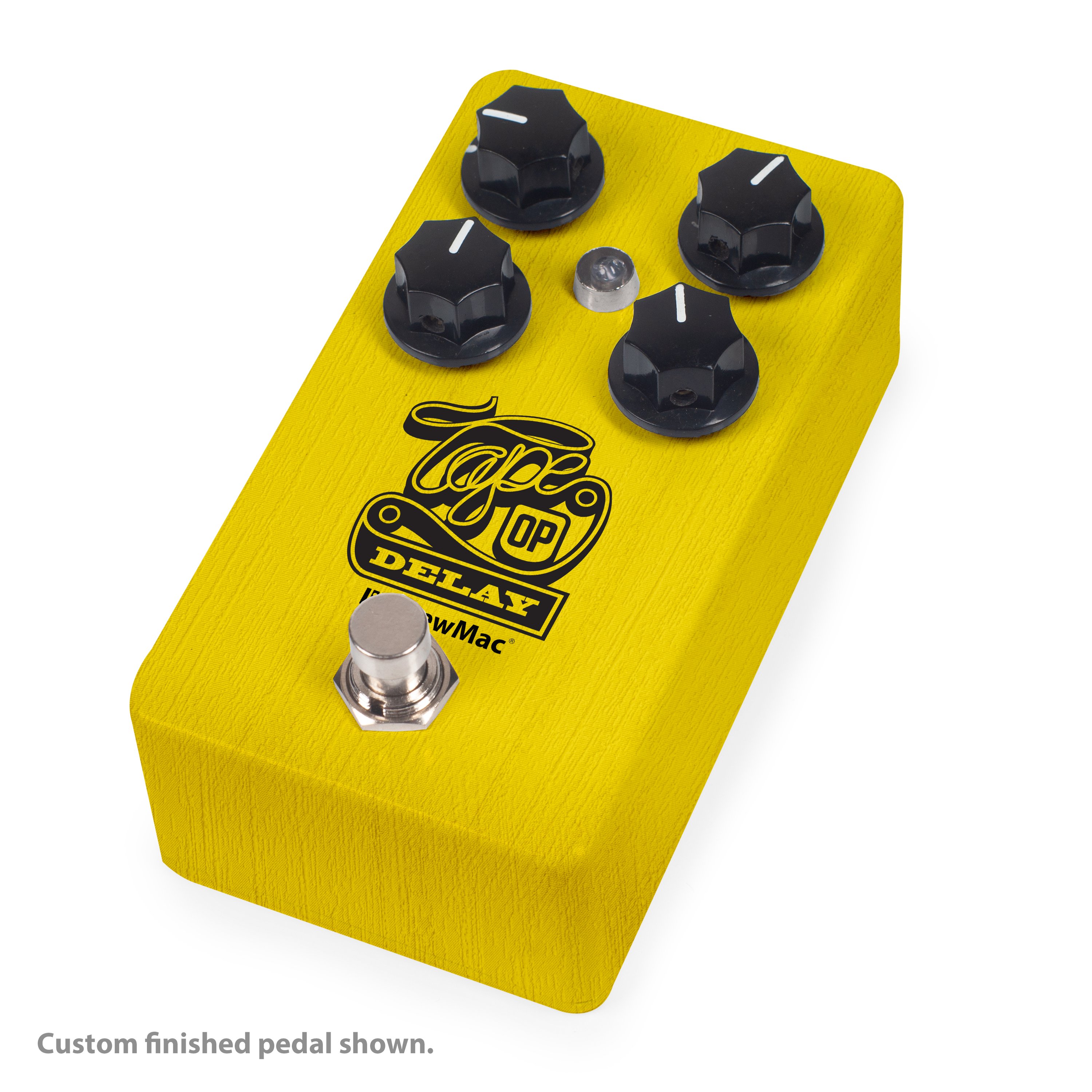How to set up your pedal board signal chain
Issue 330 May 02, 2019
Which effects pedal comes first, which comes next, and next on down the chain? Why? Paul gives some good advice on setting the order of pedals on your board.
- Once you've covered "tune or die," what's next?
- Why do you want gain pedals first?
- How many kinds of volume pedals are there? Where do they go?
- Why would "time and space" come last?
Video Transcription
[on-screen text reads: StewMac tools + ideas for guitarmaking. Signal chain: How to set up a pedal board]
Paul Lampley: In what order should you put your effects pedals? Which one first? Which one next and which one last? It does make a difference, but there's no laws on how to get the tone you want. You just need to think about what each effect does and how that effect interacts with the effects before and after it.
Here's an example. This overdrive pedal is sensitive to the dynamics of my playing, so it gets more or less saturated, depending whether I'm playing with a heart attack or just a soft touch. So it's good to put this effect in front of other effects that are less susceptible to dynamics, like this delay. Since the repeats of the delay have a pretty consistent tone effect, if you put it before your overdrive, you lose all the dynamic range the overdrive is capable of. With your signal chain set up this way, you want to get the most out of these two effects. It's not that it's wrong, it's just that this is a good place to start thinking about how the pedals interact with each other. What works best for you may not work for somebody else.
Tuner pedals
All right, let's get started. My first pedal isn't an effect, it's my tuner, keeps me in tune and acts as a mute switch when I need it.
Effects with the most dramatic impact on the overall tone go to the front of the signal chain. Guitar pedals go right to left.
Gain staging pedals
Let's start with gain staging. These are pedals that set your level of amplification or your gain. Gain staging pedals include overdrive, distortion, fuzz and even compressors. These are first to get the signal directly from the guitar, they're affecting the gain at the cleanest place in the signal chain. I'm going to keep just this overdrive pedal for now.
Filter effects pedals
Next are filter effects. These include EQ pedals, wah-wah pedals, or an auto wah pedal and envelope filters. Their tones differ depending whether or not they're before or after the gain staging. I like them after the gain staging because of the added intensity, but some people like them before because they're a little bit more responsive. You should try both and see what sounds best to your ear.
Modulation pedals
Next in the signal chain, I like to put in modulation pedals. These include chorus, flanger, phaser and vibrato. These work best in the middle of your signal because they add a little bit of sparkle and color and character to your tone and they usually sound cleaner after the gain staging and filters. I'm going to keep this pedal because it has all these effects in one and I'm not really big on modulation, just a little bit to taste.
Delay and reverb pedals
Delays, then reverb usually comes last in your signal chain. They change the sense of time and space of your overall tone. These type of effects sound great with any and all pedals that come before them. Delay adds repeats and a little bit of an echoey effect over time. And reverb gives your tone that sense of space, like if you were playing in a small room or a huge hall. Some amps have effects loops. My DeVille has one. This has an audio output and input loop that's after the pre amp section, but before the power section. This is especially helpful if you're using the amp for your overdrive sound. If I place my delay or reverb before going into the amp, I'm applying the overdrive after the effects have been applied, which is the opposite of what I set my pedal board up. So you can put your modulation delay and if your amp doesn't have a reverb, you can put that in the effects loop too.
I'm going to use the flashback two, because it has a lot of great sounds and some cool features and I'm going to use the spring reverb in my amp.
Volume pedals
Volume pedals are as simple as they sound. They increase or decrease your volume. There's a couple of types of those pedals. A foot controlled volume pedal, a tremolo, which automatically raises or decreases based on a certain amount of time and a boost pedal. Foot controlled volume pedals can be used to tame or increase your signal at any point, they're good before or after an effect if it's particularly noisy or a little too quiet. They can also be used at the front of your signal in lieu of the volume control on your guitar. When you're playing fast, it can be hard to change it by hand, so it's great to have these within legs reach. Boost pedals can be used in the same way as a foot controlled volume pedal. They're great for gain staging, to hit the preamp section of your amp harder to get natural overdrive. I prefer to use it at the end of my board to give a clean increase in volume, it pushes my sound just a little bit forward in the mix.
Buffer pedals
There are so many, many references that true bypass in the pedal world. True bypass is when the input physically connects to the output of a pedal and it bypasses the circuit of that effect. This is preferred if you just have a few pedals, as it passes through the pedal just like it would an instrument cable. If you hear a degradation of your signal with all your pedals off versus being plugged directly into your amp, you should look at adding a buffer to your signal chain. A buffer is a circuit that electronically strengthens the weak high impedance signal from your guitar's pickups. This high to low impedance conversion maintains the amount of high end frequencies you have in your signal as it travels through your chain. If you have a lot of pedals, say maybe 10 or more, it may be a good idea to have one at the beginning and at the end of your signal chain.
Think of a guitar cable. The longer the cable, the more capacitance the signal from your pickups experience. Capacitance bleeds high frequencies to ground first, this is tone suck, less high, sloppy base, muddy mids. Just like long stretches of cable, your signal has a long way to travel through the circuit of the pedal. Buffers combat the capacitance of all your cables and all your pedals, maintaining your guitar to amp tone, which should be the most important tone you chase. You can find pedals with good buffers built right in, like all Boss pedals and you can find standalone buffers.
That's basically it. Tuner to your gain stages, filters, modulation, your delay, volume, reverb from my amp, or if you use a pedal, that's great too. Of course, you can go further and further down the rabbit hole on every topic I've discussed today, but I really hope this helps get you started. Experimenting with your pedals and your signal chain is fun and it helps you find your tones. If you understand how your pedals interact with each other and find the order that works best for your guitar rig. Subscribe to the StewMac YouTube channel so you can see all these trade secret videos.



